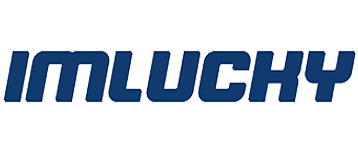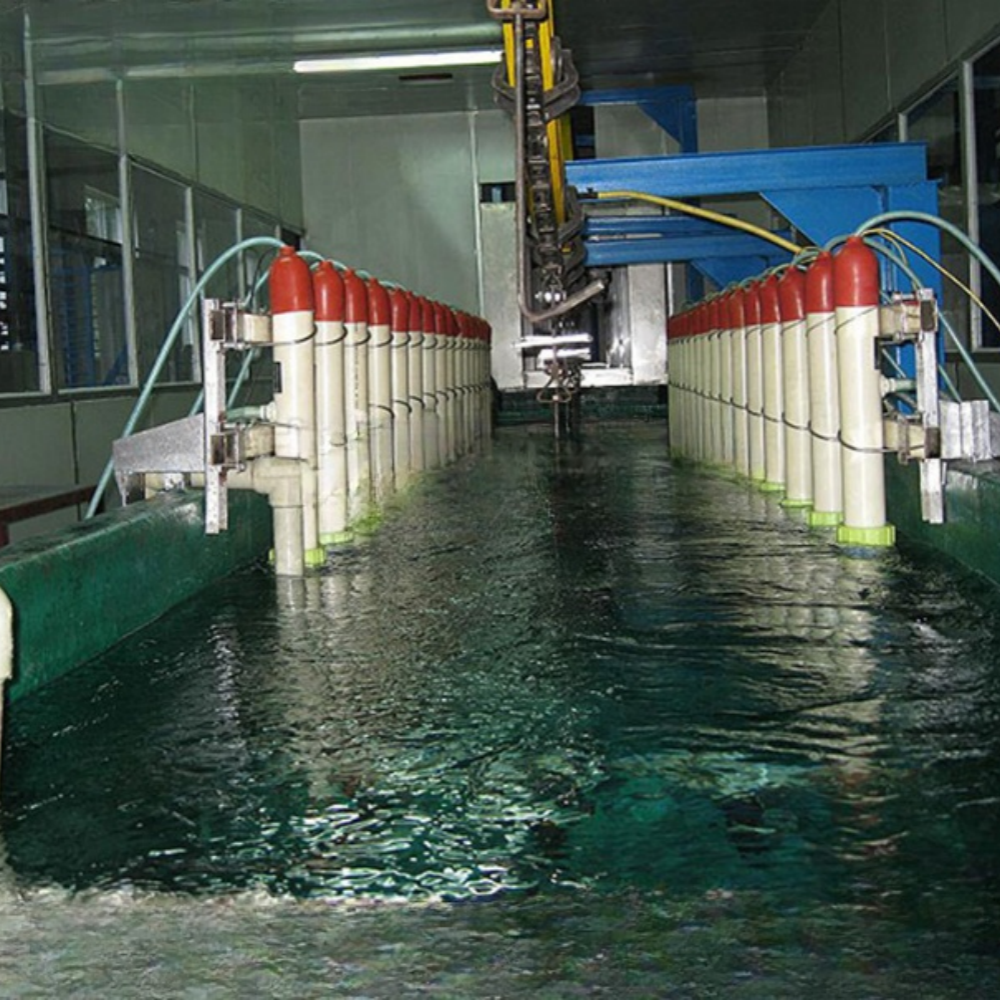Superior Corrosion Resistance of E-Coating Line
Why Corrosion Resistance Is Critical in Metal Surface Protection
Metal components lose an estimated $740k annually per mid-sized factory due to corrosion-related failures (Ponemon 2023). Exposure to moisture, salt, and industrial chemicals accelerates oxidation, compromising structural integrity. In industries like automotive and aerospace, corrosion-induced defects account for 23% of warranty claims, underscoring the need for reliable protective coatings.
How E-Coating Line Achieves Superior Corrosion Resistance Through Electrophoretic Deposition
E-coating lines use electrophoretic deposition to form a continuous polymer barrier 15–30 μm thick on conductive metal surfaces. Charged paint particles migrate evenly across complex geometries—including recesses and cavities—ensuring complete coverage. This process delivers salt spray resistance of 500–1,000+ hours, exceeding traditional spray coatings by up to 300%.
Case Study: Automotive Chassis Protection With Over 1,000 Hours Salt Spray Resistance
A leading automotive manufacturer implemented e-coating line technology for chassis protection, achieving zero corrosion after 1,020 hours of ASTM B117 salt spray testing—a 400% improvement over prior methods. These results align with findings from the 2023 Automotive Coating Report, which confirms e-coating’s superior performance in high-stress environments.
Strategy: Optimizing Film Thickness to Enhance Corrosion Resistance in E-Coating Line
Precise control of voltage (200–400 V) and bath chemistry allows targeted film thickness optimization, directly influencing corrosion resistance:
| Parameter | Corrosion Resistance Impact |
|---|---|
| 18–22 μm | 500–700 salt spray hours |
| 25–30 μm | 900–1,000+ salt spray hours |
As shown in industry-standard tests, increasing thickness to 25 μm while maintaining edge coverage reduces pinhole defects by 40%, significantly enhancing long-term durability.
Uniform Coating Coverage and Thickness via E-Coating Line
Challenges in Achieving Uniform Coverage on Complex Metal Geometries
Traditional coating methods often fail on intricate parts such as door frames or hydraulic valves. Spray techniques tend to overspray exposed areas while leaving recessed joints, weld seams, and hollow cavities undercoated—creating weak points vulnerable to corrosion and mechanical stress.
How Electrophoretic Deposition Ensures Consistent Coating in E-Coating Line
By leveraging Faraday’s law of electrolysis, e-coating lines deposit charged paint particles uniformly across conductive surfaces. Applying 200–300 volts in automotive applications produces a consistent 20–25 μm film that penetrates complex geometries 30% more effectively than robotic spraying (3ERP 2024). The result is void-free coverage without drips or runs.
Case Study: Uniform Coating on Automotive Door Frames and Joints
After switching to e-coating, a Tier 1 supplier reduced warranty claims by 19%. Post-application inspections revealed 100% coverage in previously problematic zones—such as weld seams and hinge mounts—with thickness variation held to ±1.2 μm, compared to ±8 μm using robotic spraying.
Strategy: Controlling Voltage and Bath Chemistry for Precision Thickness Control
Optimizing bath conductivity (1,200–1,500 μS/cm) and voltage gradients (2.5–3.0 V/cm) enables ±0.8 μm consistency across multi-material assemblies. This precision eliminates the need for edge masking while ensuring minimum coverage of ≥15 μm in critical corrosion-prone areas, validated through ASTM B117 testing.
Enhanced Durability and Long-Term Performance of E-Coating Line
Limitations of Traditional Coating Methods Leading to Premature Failure
Spray painting and powder coating are prone to uneven adhesion and micro-pore formation, accelerating degradation. Field data indicate that 63% of solvent-based coatings develop cracks or delamination within 3–5 years in high-moisture environments, leading to early component failure.
Cross-Linked Polymer Structure Enhances Durability of E-Coating Line Protection
The e-coating process forms a thermoset polymer matrix through electrophoretic cross-linking, creating molecular bonds 8–12 times stronger than mechanical adhesion from conventional methods. This structure resists UV degradation, chemical exposure, and impact damage. Research shows e-coated steel retains 89% of its impact resistance after 15 years.
Case Study: 10-Year Field Performance of E-Coated Agricultural Machinery
A longitudinal study of combine harvesters operating in Australia’s corrosive grain belt found that e-coated components maintained 94% coating integrity after ten years. This performance surpassed galvanized equivalents by 300%, with no functional corrosion observed in pivot joints or grain chutes.
Combining E-Coating With Topcoats for Maximum Longevity and Protection
Multi-stage systems combining e-coating with polyurethane topcoats achieve a total thickness of 23 μm, blocking 99.6% of chloride ion penetration. As outlined in multi-stage protection strategies, this approach extends service life for offshore drilling equipment to 12–15 years.
Environmental and Operational Benefits of E-Coating Line Technology
Reducing VOC Emissions with Water-Based E-Coating Line Systems
E-coating lines utilize water-based chemistries containing ≤75 g/L of volatile organic compounds (VOCs)—an 85% reduction compared to solvent-based systems (Ponemon 2023). This supports compliance with tightening regulations such as the EU’s REACH, which caps industrial VOC emissions at 50 g/L for coatings.
Global Shift Toward Sustainable Industrial Practices and Regulatory Compliance
Since 2020, over 60% of manufacturers have adopted e-coating lines to meet sustainability goals aligned with the Paris Agreement (Global Coating Alliance 2023). Its low-emission profile meets EPA air quality standards, helping companies avoid non-compliance penalties averaging $740k per facility.
Case Study: Transition from Solvent-Based to Eco-Friendly E-Coating in EU Manufacturing Plants
A German automotive supplier transitioned to e-coating in 2022, cutting waste by 75% and lowering operational costs by 30%. The change eliminated 12 tons/year of solvent disposal while maintaining corrosion resistance exceeding 1,500 hours in salt spray testing.
High Transfer Efficiency and Minimal Waste Improve Cost-Effectiveness of E-Coating Line
Electrophoretic deposition achieves 95% material transfer efficiency—far surpassing the 40–60% typical of spray methods. This reduces paint consumption by 3.2 liters per ton of coated parts, saving mid-sized plants approximately $18,000 annually. Automated e-coating systems also reduce energy use by 40% per unit compared to conventional processes.
Versatility and Industrial Applications of E-Coating Line
Adaptability of E-Coating Line to Various Metals, Part Sizes, and Production Volumes
E-coating lines protect diverse substrates including steel, aluminum, and specialty alloys. Electrophoretic deposition ensures uniform coverage even on threaded fasteners, hollow profiles, and other complex shapes. The system scales seamlessly from high-volume automotive production (50,000+ parts/month) to small custom batches (<500 units), with adjustable bath chemistry preserving quality across runs.
Case Study: E-Coating Use Across Automotive, Appliances, and Construction Sectors
A recent industry analysis highlights how major automotive brands achieve 78% fewer coating defects on door hinges and latches using e-coating versus spray methods. Appliance manufacturers rely on it for dishwasher frames exposed to 90% humidity, while construction firms specify e-coated structural beams requiring over 15 years of maintenance-free corrosion resistance.
Excellent Adhesion Performance on Steel Substrates Validated by ASTM D3359 Testing
E-coated steel consistently earns Class 4B ratings in ASTM D3359 crosshatch tests, enduring 20+ tape pulls without film loss. The electrically driven bonding process creates adhesion strength 3–5× greater than powder coating, making it ideal for load-bearing components such as suspension systems and industrial fasteners.
FAQ
What is electrophoretic deposition in E-coating?
Electrophoretic deposition is a process used in E-coating where charged paint particles migrate across conductive metal surfaces to form a protective polymer barrier.
What are the benefits of using E-coating over traditional methods?
E-coating provides uniform coverage, superior corrosion resistance, and enhanced durability compared to traditional painting methods. It also reduces VOC emissions and improves cost-effectiveness.
How does E-coating achieve environmental compliance?
E-coating lines use water-based chemistries that drastically reduce VOC emissions, aligning with regulatory standards like the EU's REACH.
Can E-coating be applied to various materials?
Yes, E-coating can be applied to a wide range of materials including steel, aluminum, and specialty alloys.
Table of Contents
-
Superior Corrosion Resistance of E-Coating Line
- Why Corrosion Resistance Is Critical in Metal Surface Protection
- How E-Coating Line Achieves Superior Corrosion Resistance Through Electrophoretic Deposition
- Case Study: Automotive Chassis Protection With Over 1,000 Hours Salt Spray Resistance
- Strategy: Optimizing Film Thickness to Enhance Corrosion Resistance in E-Coating Line
- Uniform Coating Coverage and Thickness via E-Coating Line
- Enhanced Durability and Long-Term Performance of E-Coating Line
-
Environmental and Operational Benefits of E-Coating Line Technology
- Reducing VOC Emissions with Water-Based E-Coating Line Systems
- Global Shift Toward Sustainable Industrial Practices and Regulatory Compliance
- Case Study: Transition from Solvent-Based to Eco-Friendly E-Coating in EU Manufacturing Plants
- High Transfer Efficiency and Minimal Waste Improve Cost-Effectiveness of E-Coating Line
- Versatility and Industrial Applications of E-Coating Line
- FAQ

